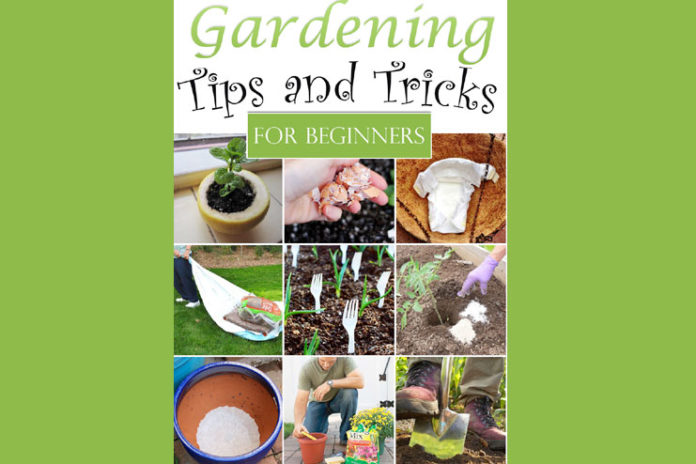Affiliate Disclaimer
Some links in this article are affiliate links. We may earn a small commission if you make a purchase through these links, at no extra cost to you. We only recommend products we find useful to our readers
Gardening is the most addictive hobby. Some handy and efficient gardening tips for beginners to help them explore life with these bountiful natures delight. Gardening not only is a hobby but it helps you relax and unwind too. It makes you enjoy and discover outdoor fun while you burn some good calories. For budding Gardeners it is essential to know the basic details of what, when and how to grow. And whats conducive and what may harm the plant growth. Hergamut.com brings some gardening tips which are sure to assist you in grooming a detailed garden.
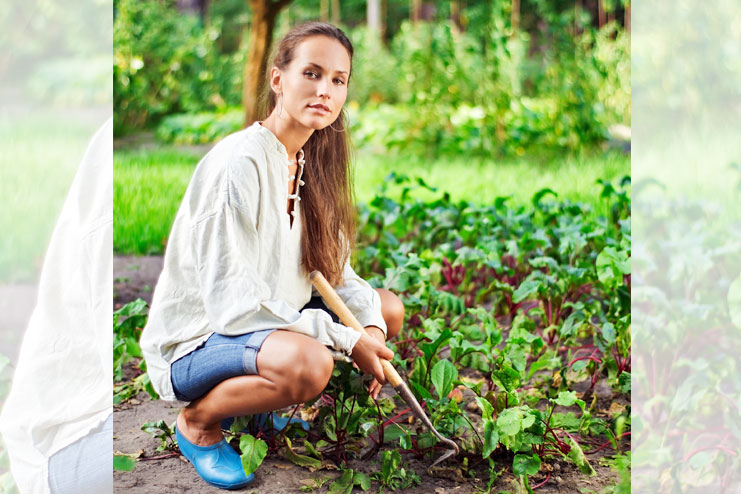
Gardening helps you to improve your lifestyle and fight stress with a creative and healthy way. Enjoy grooming the wonderful natures delight and calm your senses meanwhile. Weather you are up for some beautiful flowers or some delicious produce, these handy and efficient gardening tips for beginners will sure set you on the right foot.
Gardening Tips for Beginners
1- Select the region:
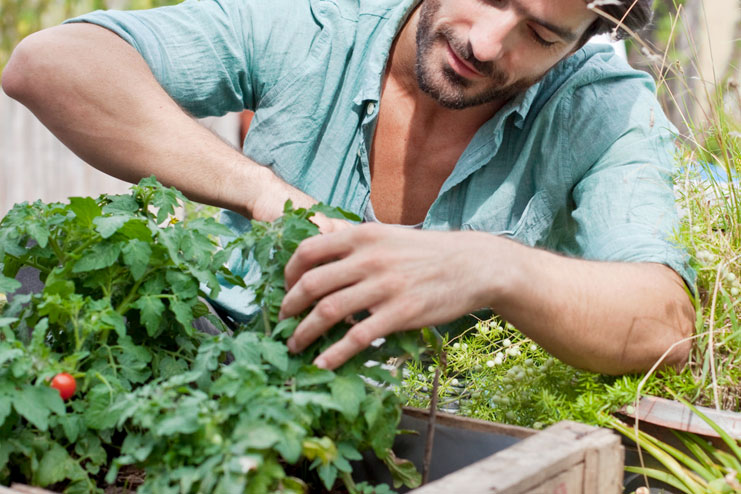
You need to have a big area for that. Just a small container garden can be great to begin with. This will also help you understand the possibilities of cultivation in your area. Not everything grows everywhere. Starting in a smaller area will also help you brush up your gardening skills and you can work your way up. The limitations and possibilities for gardening are vast, you just have to chose what matches your interest and region. Some important tips here:
- Set up a small or a container garden to begin with
- Check soil and sunshine levels in the area
- Talk to local garden centers around for suitability of your area
2- Test your soil:
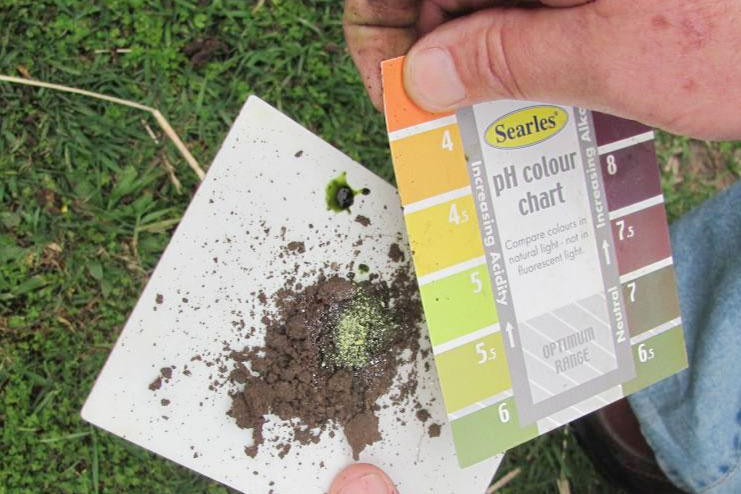
It is important to check the pH levels in the soil, for knowing the specifics of your soil. Acidity or alkalinity levels in soil affect the growth of certain plants. Different plants thrive best in different soils, so check using kits from LOWES , Walmart or home depot.
Some basic points here are:
- Soil must be soft enough and not clay like for growth of plant
- Add compost and mulch to the soil for fertility
- Aerate deeper areas of the soil for ensuring growth of the plant
- The relevant pH levels in the soil will help in ascertaining the treatment
3- Select the most conducive position:
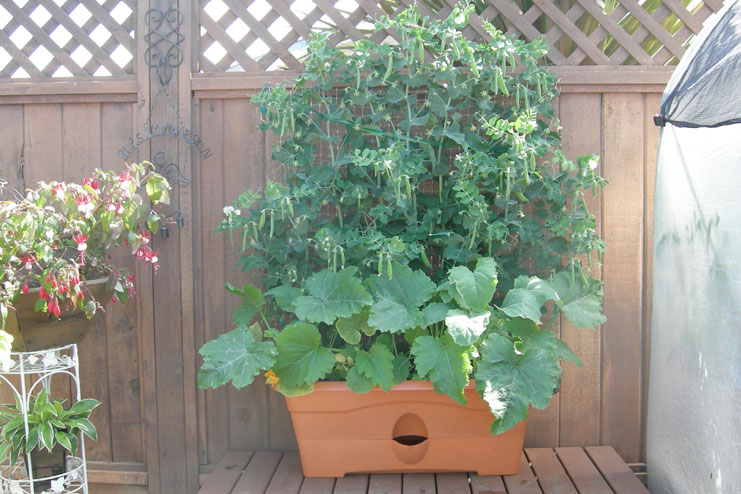
The position must be such that adequate amount of sunshine and light are available to the plants. If using a garden container use wheels or strings to move it around based on providing optimum surrounding to the plants.
4- Start with easier plants:
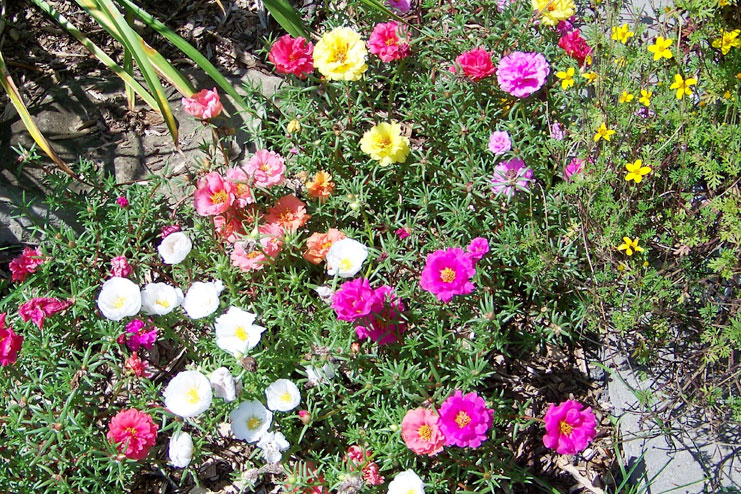
It is advisable to grow plants with are effortless and don’t require much specification of time and other details. These also don’t need extra caution and care so they will help in developing interest as well as inspiring you to continue exploring. Easy to grow plants or produce also motivate you for more involving gardening further. Some easy to grow options are:
- Produce like onion, Tomato, strawberry, pepper, potato, basil
- Easy flowering plants like Sunflower, nigella, dahlias, rose, petunia, marigold, pansy
5- Plan and pen down the details for beginning:

How to space the plants and how big they will grow, help in determining the gardening plan ahead. Also the smaller plants must not be within reach of cattle or children which can harm. Is it perennial or annual growth, how much water and sunlight is needed, which place best fits the plant well. This will help in efficient growth of your first little garden. Check about the weeds and length of plants to be shortened for a particular season. Remember to write down on calendar.
6- Water the plant adequately:
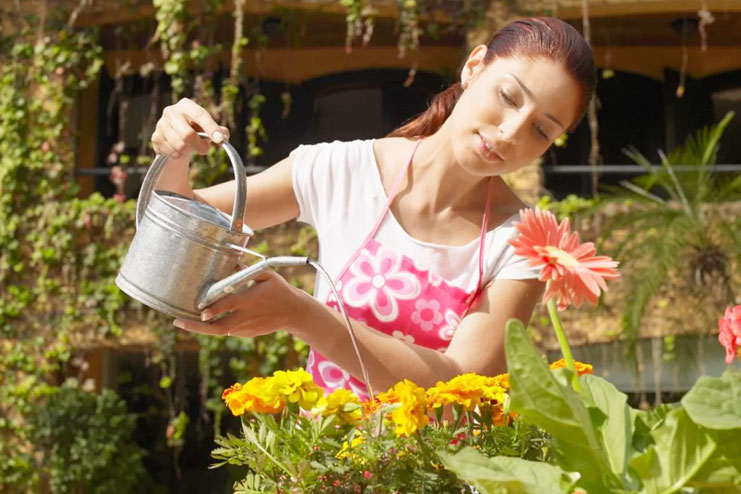
General rule of thumb is to give an inch of water per week, check for yellow leave which suggest too much water is put. Some steps to note:
- Check with the local gardening shop for more details on water requirements
- Some soils hold ample water for long, so keep in mind
- Do not soak the plant in water completely
- Keep checking for discoloration on leaves, these may be signs of some problem with the plant
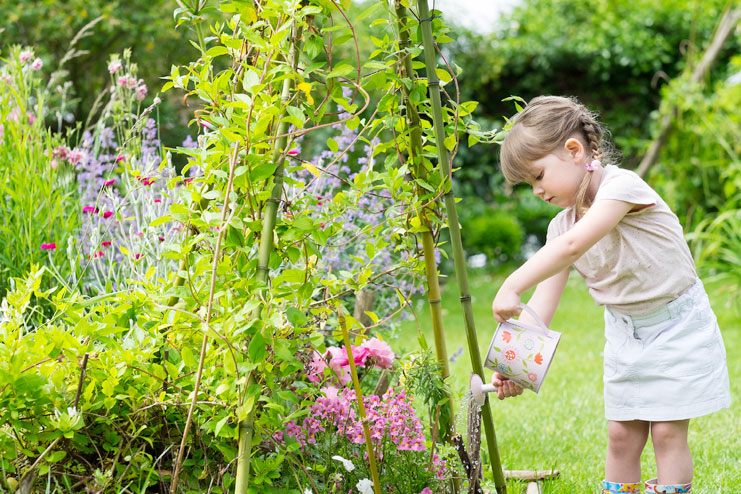
7- Trim and Prune, also check for weeds:
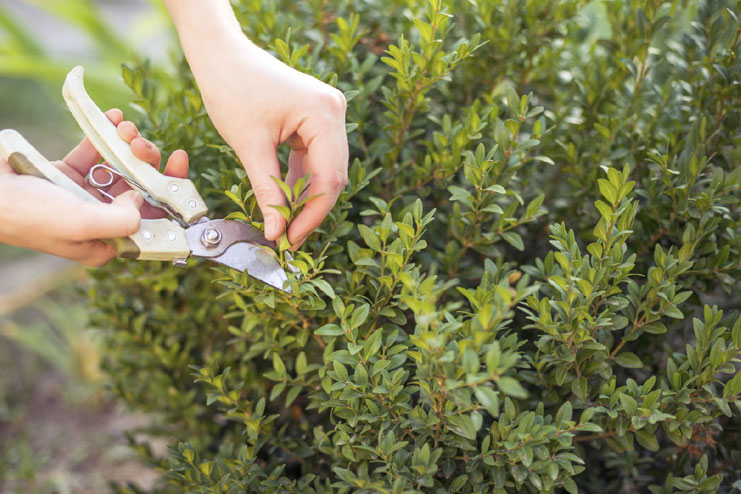
Keep the plants contained by trimming time to time. Also check for weeds or possible infestations. This will also ensure proper light and water supply. Treat with as organic substances as possible, chemicals not only harm the soil or plant, but also affect the nutrient value of the produce.
- Pruning is important during spring and fall
- Use pruning shears to proceed
- Prune the damaged or dead limbs around plants
- Prune from the places they join stems
- Don’t cut the blooming buds
- Fertilize the plant after pruning
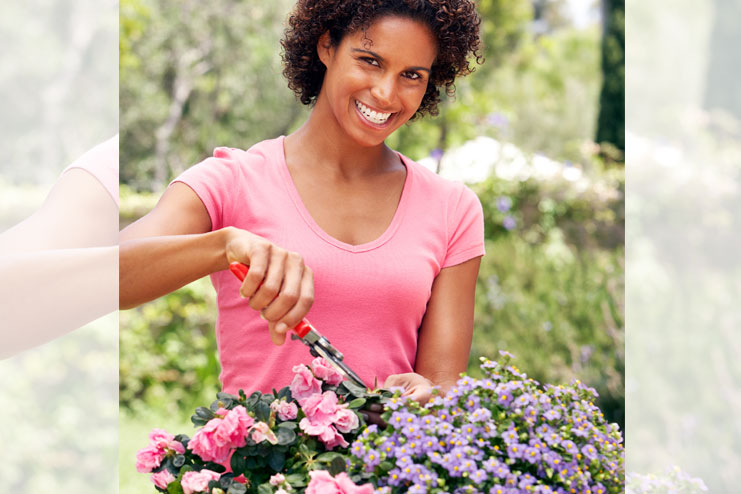
8- Enjoy the produce or delightful flowers:
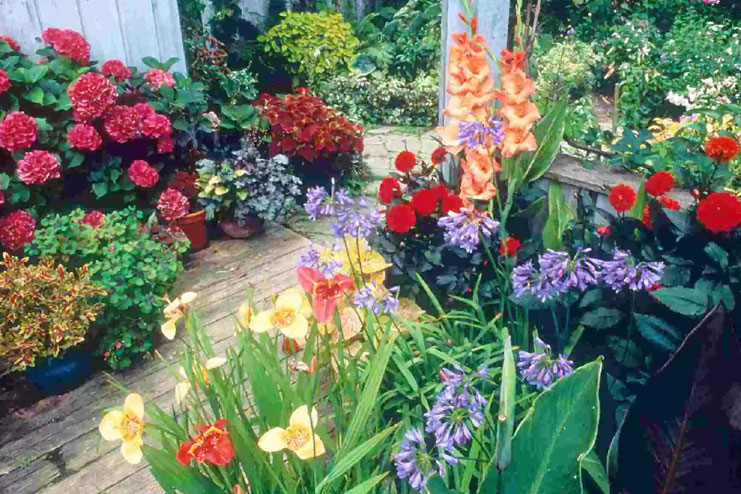
Let the produce grow well and then carefully remove from the plant. Keep checking for compost and water while you enjoy the produce.
[Also Read: Tips to improve lifestyle]
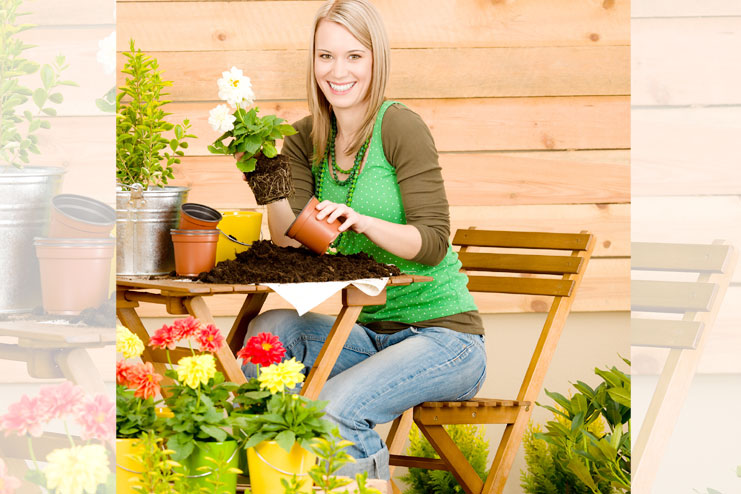
Gardening needs a lot of dedication and patience, so ensure no hasty decision related to the cultivation. Keep consulting the local nurseries and garden stores for more details. Decorate and ornament your garden for a more exquisite appeal. Landscaping and gardening and add richness and charm to your garden.
Be sure to check hergamut.com insights into other relevant areas. We have some wonderful tips for all your needs
Minu Manisha







 7- Trim and Prune, also check for weeds:
7- Trim and Prune, also check for weeds:































